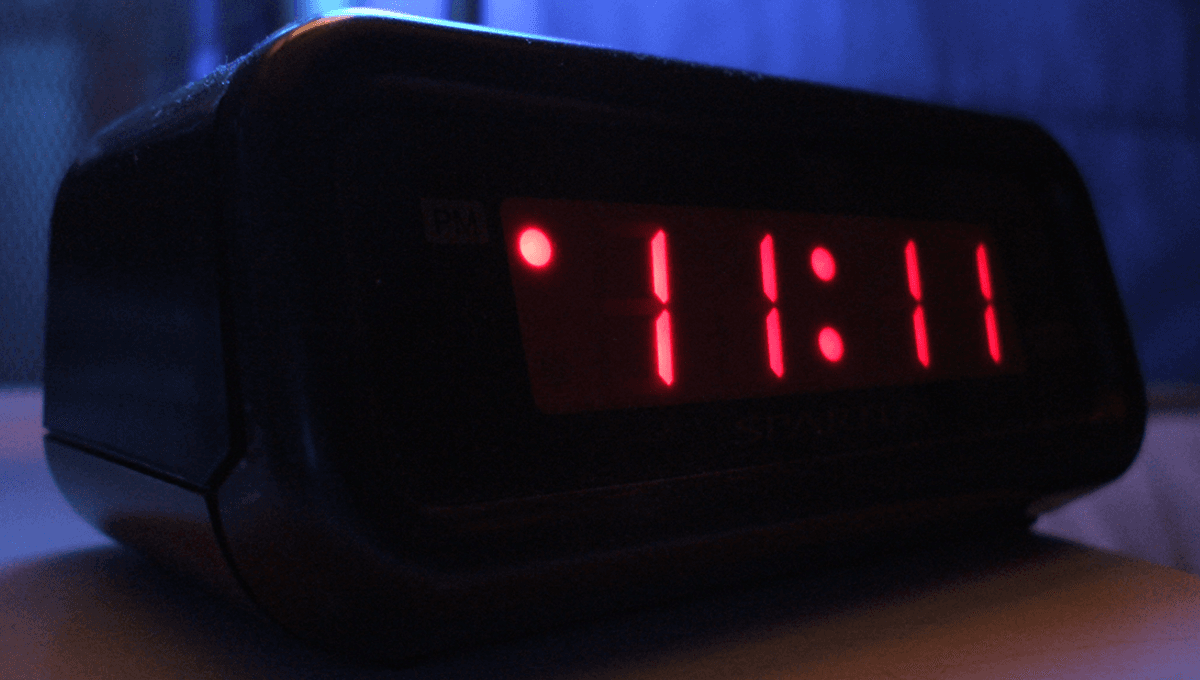
Have you ever learned about something – be it a new product or a certain phrase – and suddenly started to notice it everywhere, all the time? If so, you may have encountered the Baader–Meinhof phenomenon, also known as the frequency illusion.
Though these sorts of terms are usually named after the person who coined them, this one was named after a German terrorist group, the Baader-Meinhof gang. In 1994, Terry Mullen sent a letter to a Minnesotan newspaper explaining that he had been talking about the gang one day to a friend. Despite not having heard anything about them for years, the next day the friend found an article about the gang in that day’s papers and started seeing information about them all the time.
You may have had similar experiences, with a common one being the 11:11 illusion, where people notice that when they look at a clock, the time is 11 minutes past 11 more often than they’d expect it to be. We know there aren’t more than two 11:11s in a day, so why would you feel you are seeing that specific time more than any others?
Well, you probably aren’t, and it’s likely just a cognitive bias at play. Say someone tells you that you’re more likely to see 11:11 – you will then be more likely to actually notice it when you happen to look at the clock and find it’s 11:11. You may look at the clock many times during the day, but think nothing of all the other times you glance at, while focusing on the times when you did see 11:11. As a result, you may think you see it more frequently.
Academics aren’t immune to the bias, with linguist Thomas Grano coining the term “frequency bias” in a 2005 blog post.
“Here at Stanford we have a group working on innovative uses of all, especially the quotative use, as in the song title ‘I’m like ‘yeah’ and she’s all ‘no’,” Grano wrote in the blog post, explaining that the group believed this usage was common, especially amongst young Californian women.
“The undergraduates working on the project reported that they had friends who used it ‘all the time’. But in fact, when the undergrads engage these friends in (lengthy) conversation, tape the conversations, transcribe them, and then extract occurrences of quotatives, the frequency of quotative all is very low (quotative like is really really big),” he continued. “There are several interpretations for this annoying finding, but we’re inclined to think that part of it is the Frequency Illusion on our part.”
One fun example could be the “Mariko Aoki Phenomenon“, where you need to poop shortly after entering a bookstore. Though there are other explanations, one is that after Mariko Aoki wrote about her own experiences of needing to poop in bookstores (itself probably because of the frequency illusion) others began to notice when they needed to go too, of course disregarding instances where this didn’t happen.
Source Link: What Is The Baader Meinhof Phenomenon, The Effect You Will Now Notice Everywhere?